An Analysis of Islamic Culture and Art in Modern Society Essay
VerifiedAdded on 2022/09/02
|5
|859
|22
Essay
AI Summary
This essay delves into the multifaceted aspects of Islamic culture and art within the context of modern society. It begins by outlining the five pillars of Islam and the core religious concepts, setting the stage for an examination of Islamic art's historical roots and its evolution from the seventh century. The essay highlights the significance of calligraphy and its role in representing Arabic language and Islamic identity. It then explores how Islamic art has transcended traditional boundaries, extending into contemporary spheres such as media, politics, and digital platforms. The essay emphasizes the influence of Islamic art on cultural growth, the emergence of centers dedicated to preserving Islamic culture, and the incorporation of Islamic designs by modern brands. The conclusion underscores the positive impact of Islamic art on both Muslim and other cultures, showcasing its presence in architecture and digital media, and reflecting the core teachings and rituals of Islam.
1 out of 5
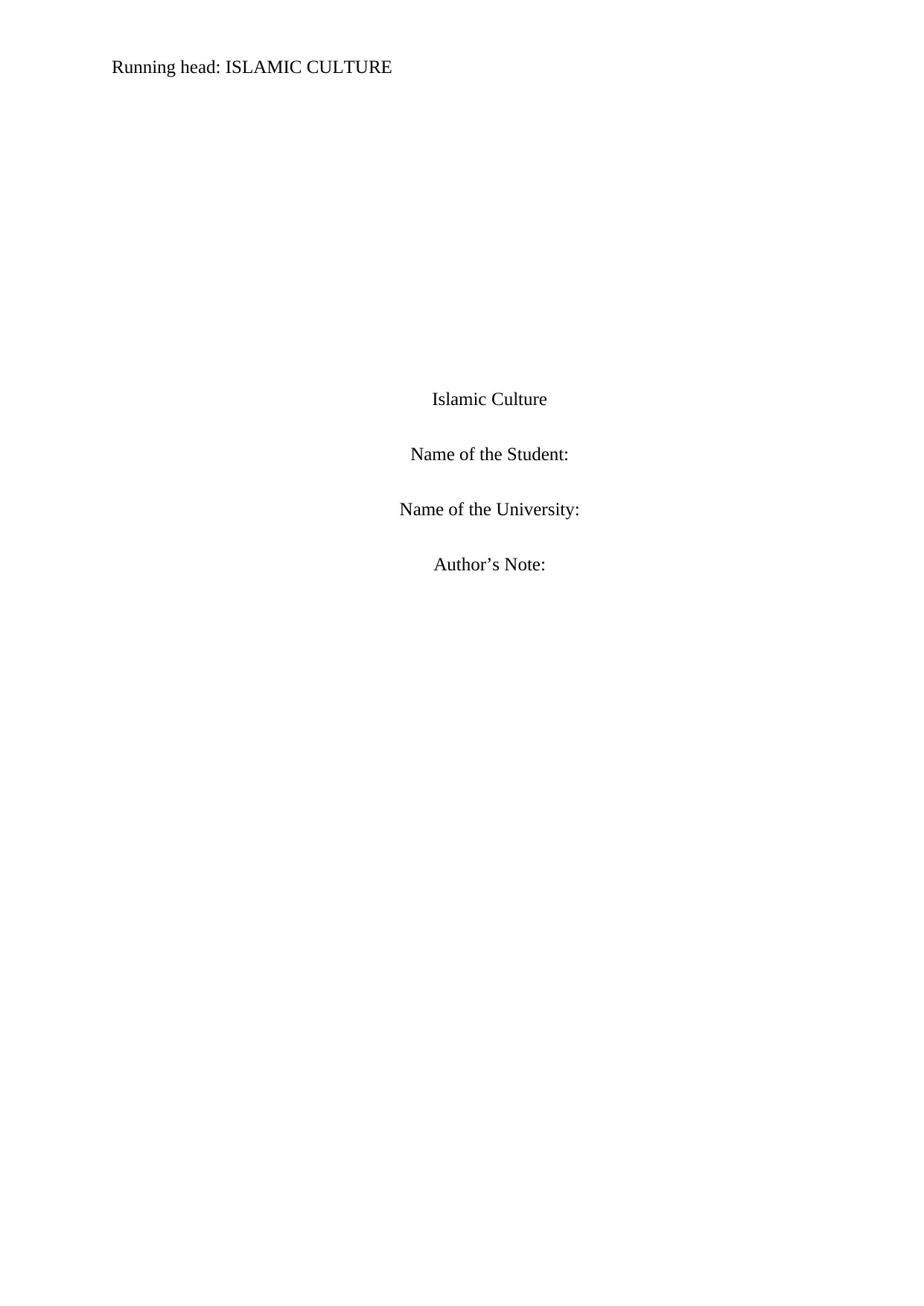
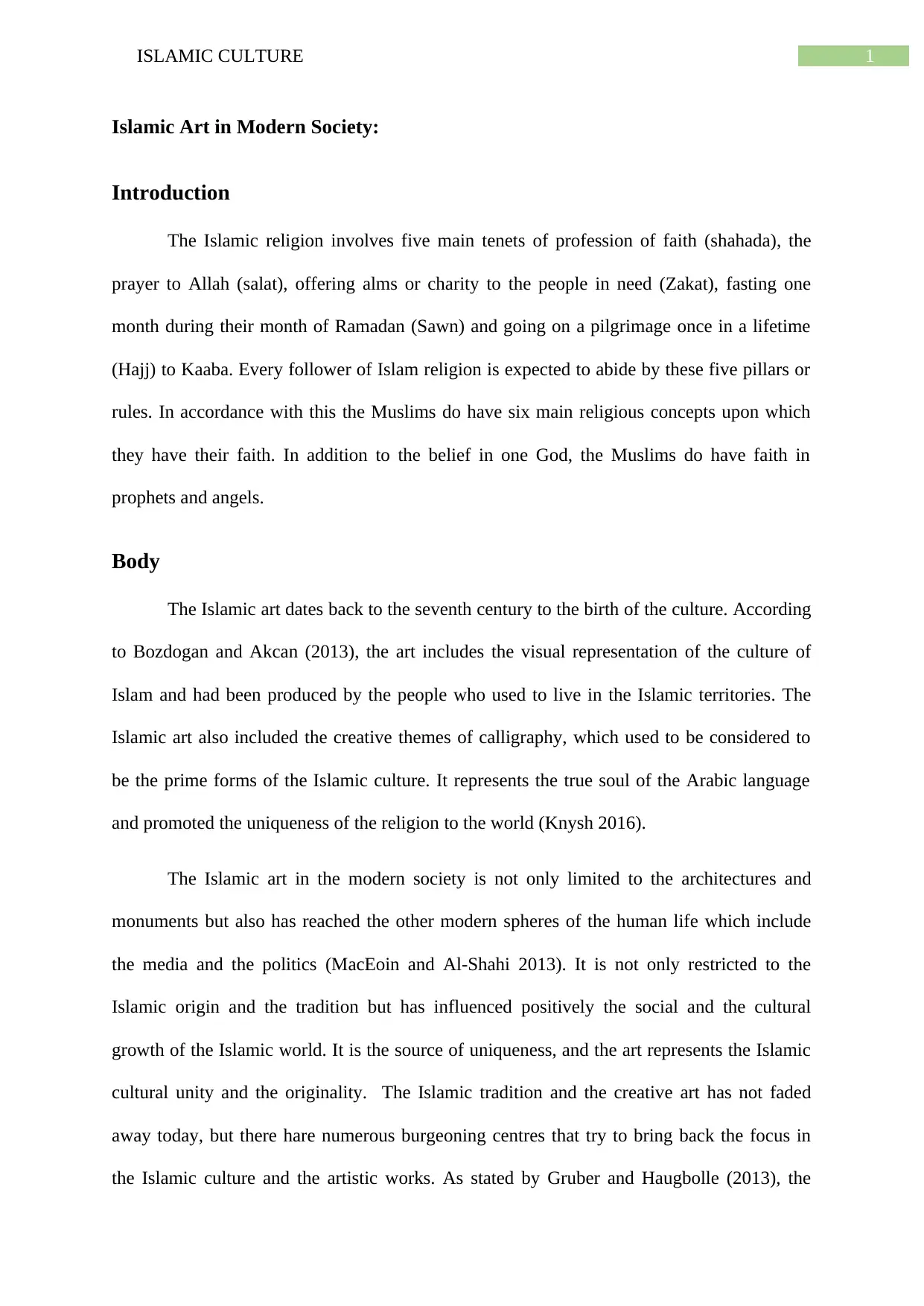
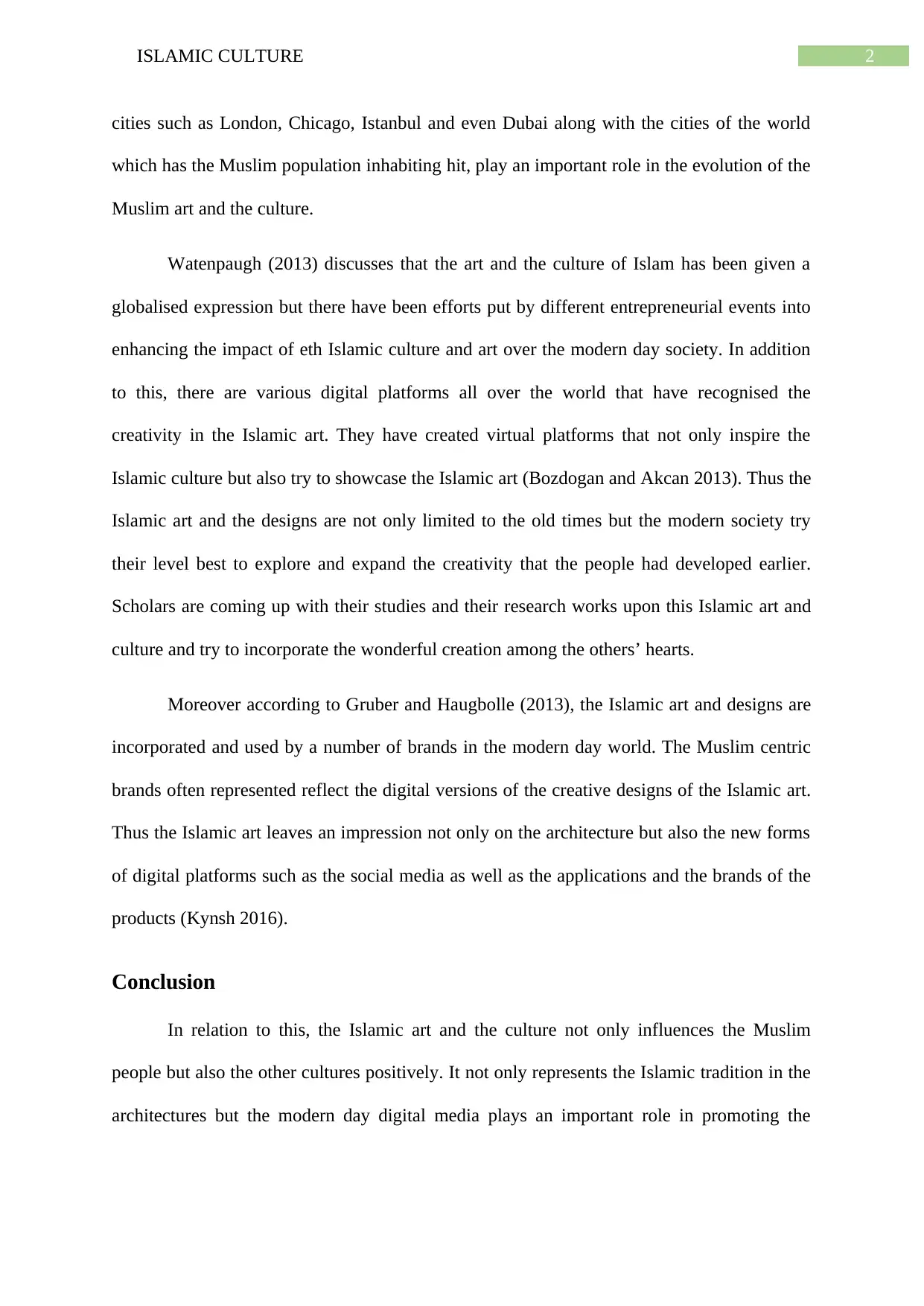

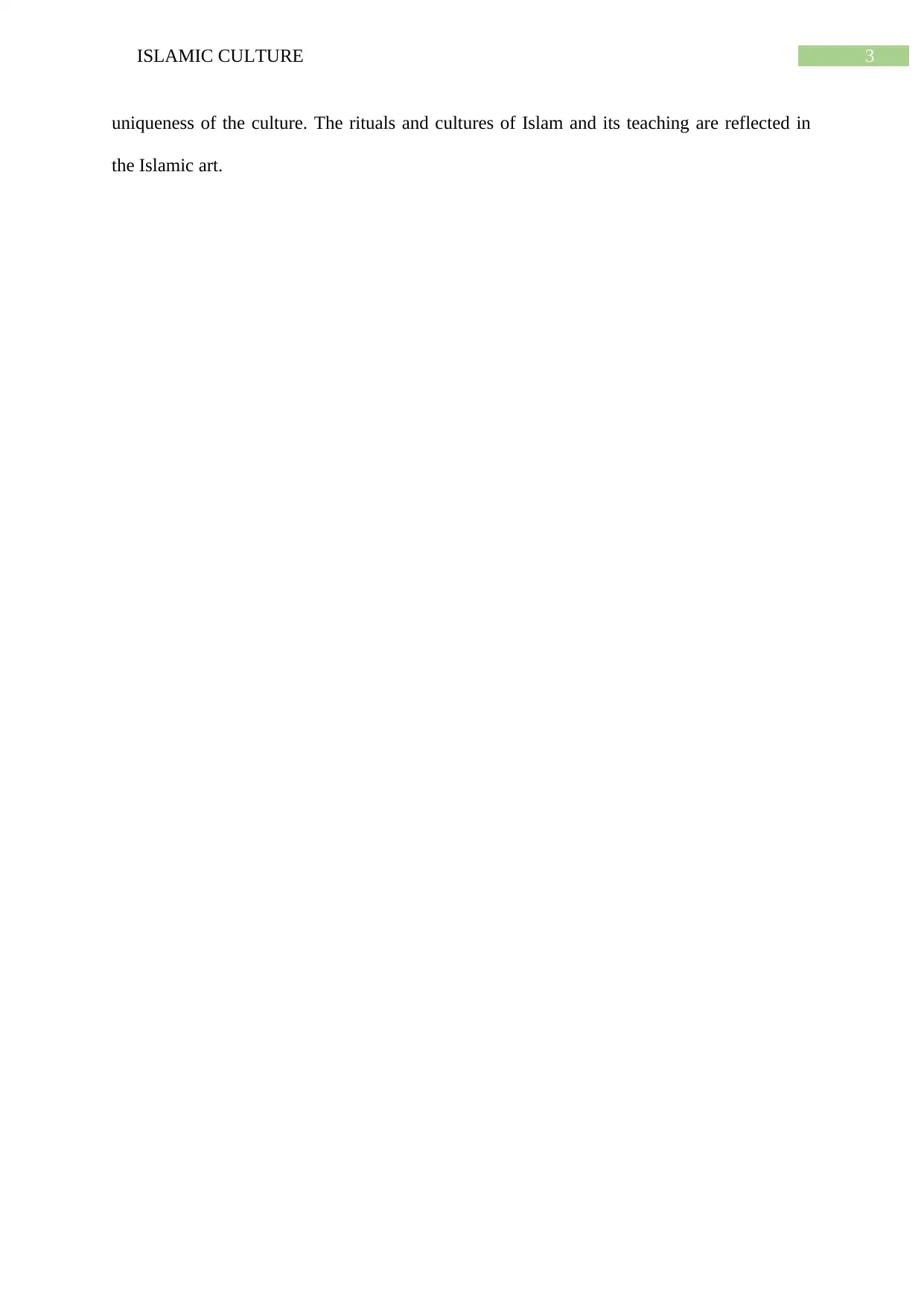
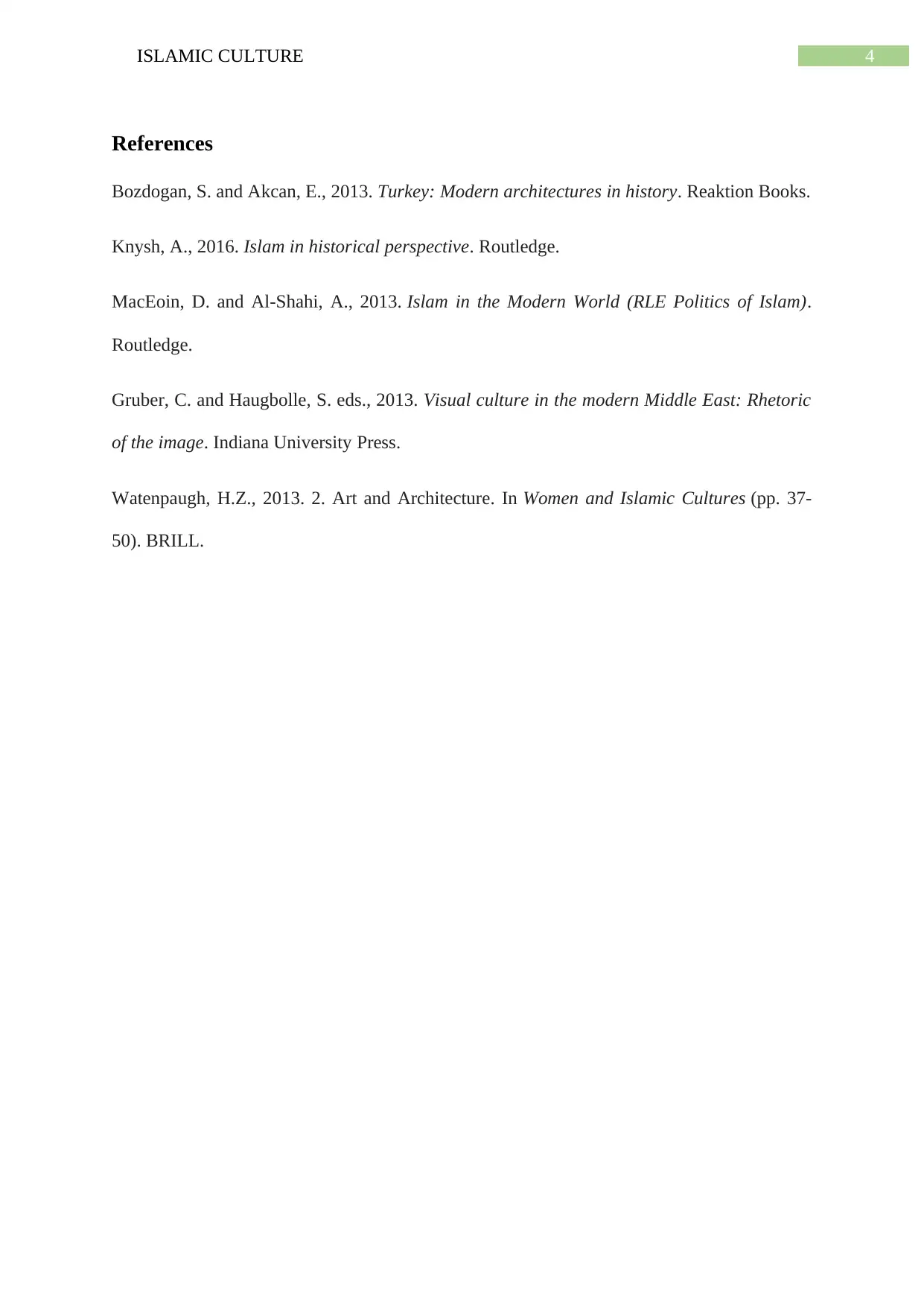






![[object Object]](/_next/static/media/star-bottom.7253800d.svg)